Buying or selling a home is a major financial and personal decision, and maintenance plays a crucial role in this process. For buyers, a well-maintained property means fewer immediate expenses and a smoother transition into their new space. For sellers, proper maintenance can increase the property’s value, minimize time on the market, and prevent last-minute repair surprises. Whether you’re buying a home or selling one, understanding how to avoid common maintenance pitfalls can help you save money and ensure a more seamless experience. Here’s what to watch out for and how to tackle it.
1. Understand the Importance of Regular Maintenance
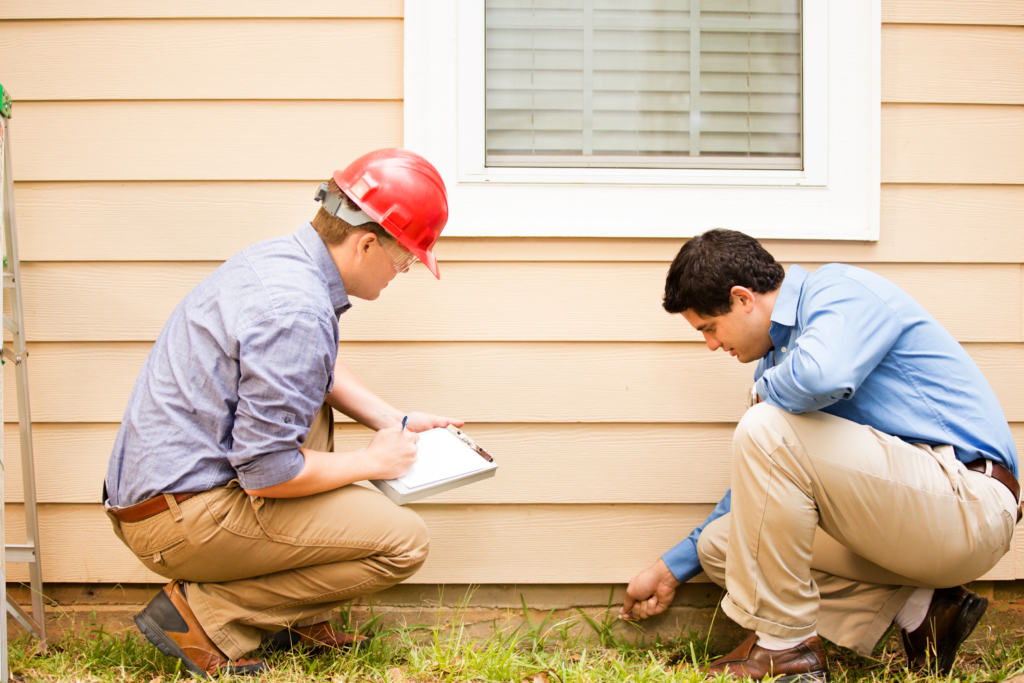
One of the biggest pitfalls people face, whether buying or selling, is underestimating the importance of regular home maintenance. For buyers, a property with a history of regular maintenance is often more appealing, as it’s less likely to hide costly issues. For sellers, staying on top of upkeep can prevent minor problems from becoming major expenses that deter potential buyers.
Regular maintenance includes everything from checking the roof for leaks to ensuring that plumbing and electrical systems are functioning optimally. Keeping a home well-maintained doesn’t only improve its curb appeal but also increases its longevity, ultimately adding to the property’s value.
2. Addressing Roof and Gutter Issues
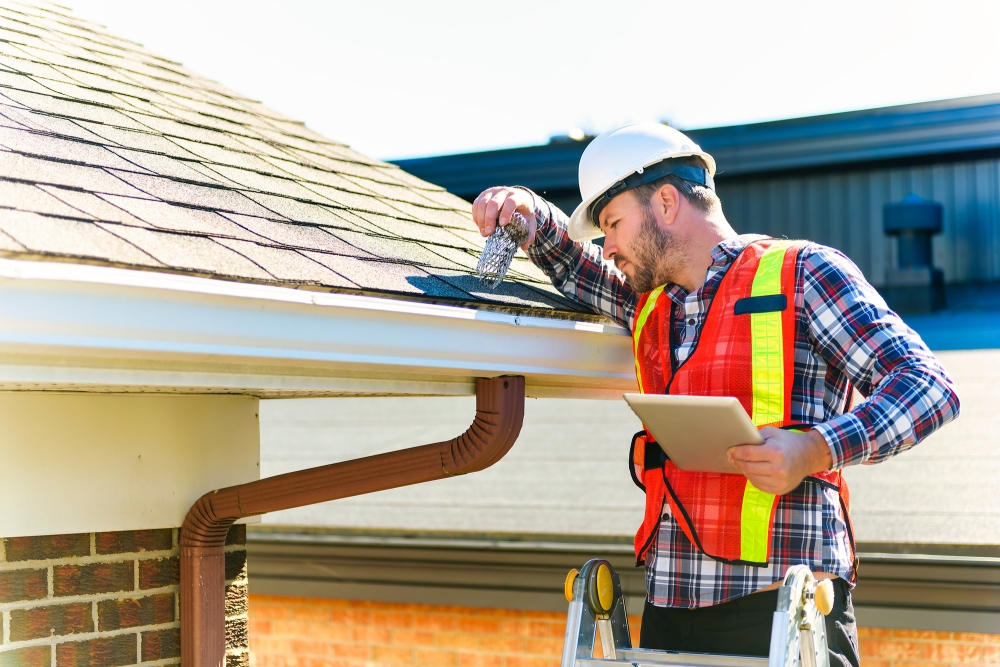
The roof is one of the most critical parts of a home. Buyers and inspectors always check the roof’s condition closely, and a poorly maintained roof can quickly become a deal-breaker. Sellers should consider getting their roof inspected and addressing any issues—whether that’s replacing damaged shingles, cleaning out the gutters, or repairing leaks.
For buyers, it’s essential to pay attention to the roof’s age and condition. Roof repairs and replacements can be expensive, and spotting potential issues before making an offer can save you thousands. Always request roof-related maintenance records when buying a home, and if necessary, consult a professional inspector to understand the lifespan and any maintenance needs.
3. HVAC System Maintenance
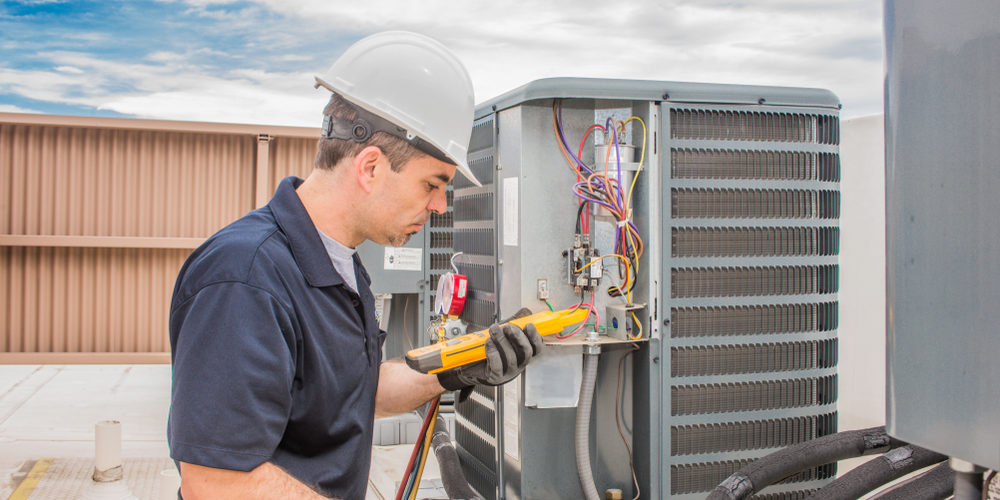
The HVAC (Heating, Ventilation, and Air Conditioning) system keeps the home comfortable year-round and is another significant factor in the sale of a home. A malfunctioning HVAC system is costly to repair or replace, and if a buyer finds that the system hasn’t been maintained properly, it could cause them to think twice about the purchase.
For sellers, scheduling routine maintenance or even an inspection before listing the property can go a long way. Changing filters, cleaning ducts, and checking for potential issues not only ensure the system is running smoothly but also shows prospective buyers that the home has been well cared for. Buyers should also confirm the HVAC’s age and service history, as these systems generally last around 10-15 years. Requesting this information will help you understand when major repairs or replacements might be needed.
4. Focus on Plumbing and Water Issues
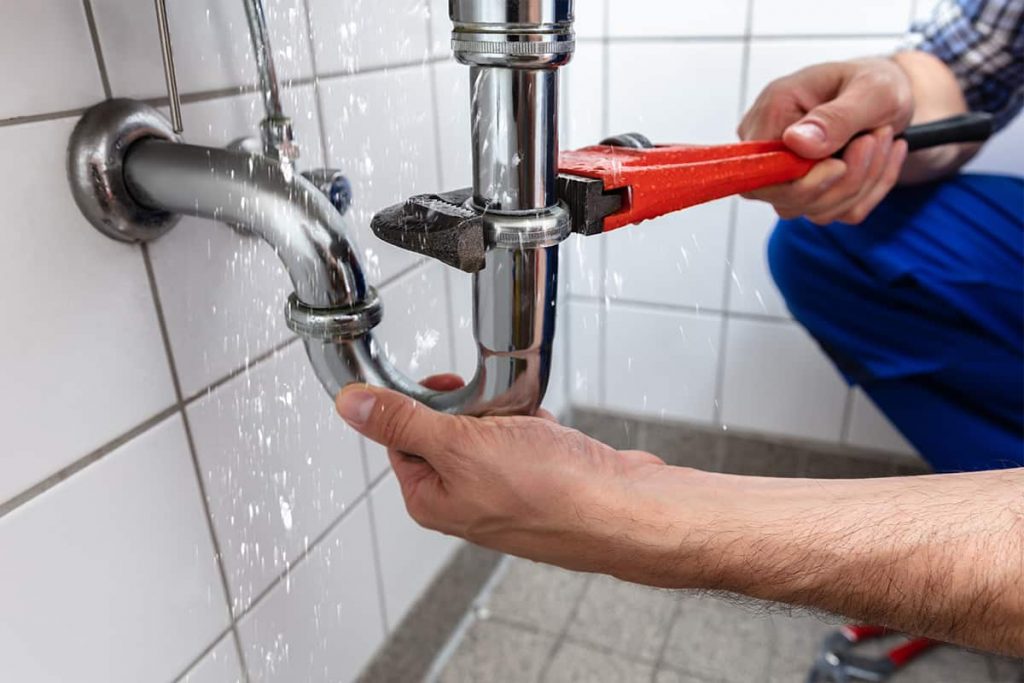
Plumbing problems, from leaky faucets to hidden pipe corrosion, are common yet avoidable pitfalls. Water damage can lead to mold and structural issues, both of which are expensive to repair and can lower a property’s value. Sellers should check for any plumbing issues, including leaks, low water pressure, or clogs, before putting their home on the market.
When buying a home, check under sinks, around toilets, and in basements for any signs of water damage. Inquire about the plumbing material used, especially in older homes, where materials like lead or galvanized pipes may still be present. Ensuring the home has updated plumbing and is free of leaks or water damage can prevent costly surprises down the road.
5. Electrical System Inspections

Electrical systems can be another maintenance pitfall. Outdated wiring or overloaded circuits are not only inconvenient but also dangerous. Buyers may overlook these issues during a walkthrough, only to face unexpected repair costs later. Sellers, especially in older homes, should consider having an electrician inspect the wiring and outlets before listing the property.
For buyers, asking about the age of the electrical system and looking for updates or recent inspections is crucial. During the inspection phase, it’s wise to verify that outlets, switches, and breaker boxes are in safe working condition. Rewiring can be costly, so being aware of potential issues beforehand is important.
6. Pest Control and Prevention

Pests are often hidden problems that can cause significant damage over time. Termites, ants, mice, and other pests can compromise a home’s structure, making it unsafe and costly to repair. Sellers should invest in pest control measures, especially if there’s any sign of infestation, as well as consider a preventive inspection.
For buyers, a pest inspection is highly recommended. If the property has a history of pest issues, verify that appropriate measures were taken to resolve them. In areas where termites or other pests are common, prevention can help save money and prevent damage after the purchase.
7. Foundation and Structural Integrity
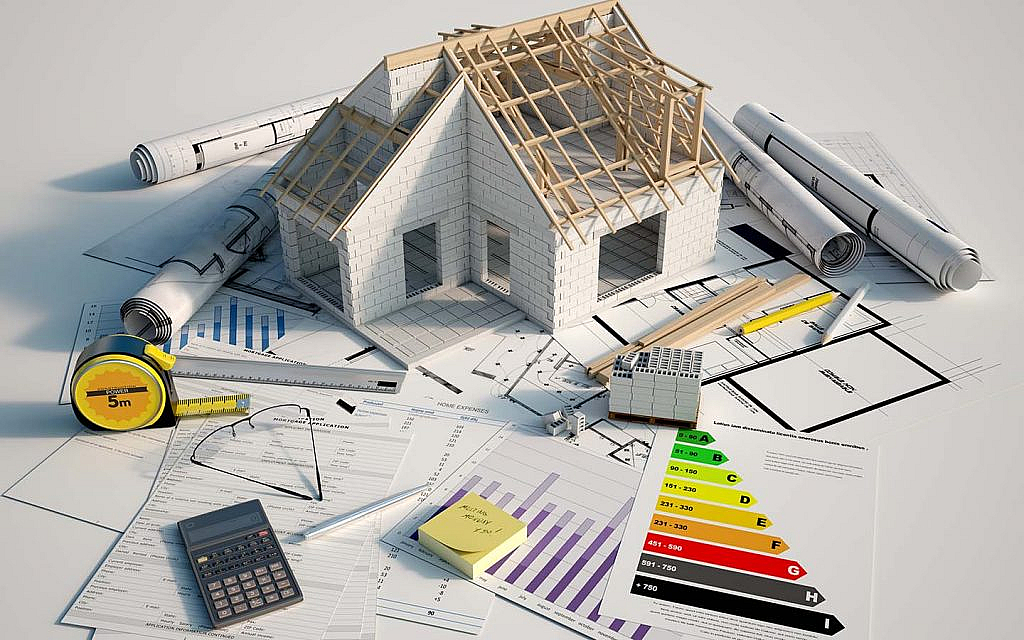
The foundation and overall structural integrity of the property are essential considerations in any sale. Cracks, uneven floors, or sticky doors can indicate deeper foundation problems. For sellers, addressing minor foundation issues or, at the very least, providing documentation about prior repairs can help reassure buyers of the home’s safety.
For buyers, look closely for any signs of foundation problems during showings. Always consult a qualified inspector if you have any doubts. Foundation repairs can be incredibly costly, and addressing these concerns upfront can save future stress and expenses.
8. Maintaining Curb Appeal

Curb appeal is an often-overlooked but crucial aspect of buying or selling a home. A poorly maintained exterior, such as overgrown landscaping, cracked driveways, or faded paint, can give potential buyers a bad first impression. Sellers should ensure that their property looks well-maintained from the outside, as this can increase interest and value.
For buyers, the exterior’s appearance can be a quick indicator of how well the home has been cared for. If a home’s curb appeal is lacking, it might suggest that other maintenance has also been neglected. Simple improvements like repainting, replacing dead plants, and sealing cracks can make a big difference.
9. Avoiding Cosmetic Fixes that Hide Issues

Some sellers may try to mask issues with cosmetic fixes, such as painting over stains or hiding structural problems with decorative items. This can mislead buyers into thinking the property is in better condition than it actually is. Sellers should avoid this practice, as it can lead to disputes down the line and may even affect the sale.
Buyers should be cautious and always perform thorough inspections. Don’t hesitate to question anything that seems freshly updated in a home, as it might be covering an issue. A qualified inspector can often detect hidden problems that cosmetic fixes may conceal.
10. Prioritizing a Pre-Inspection
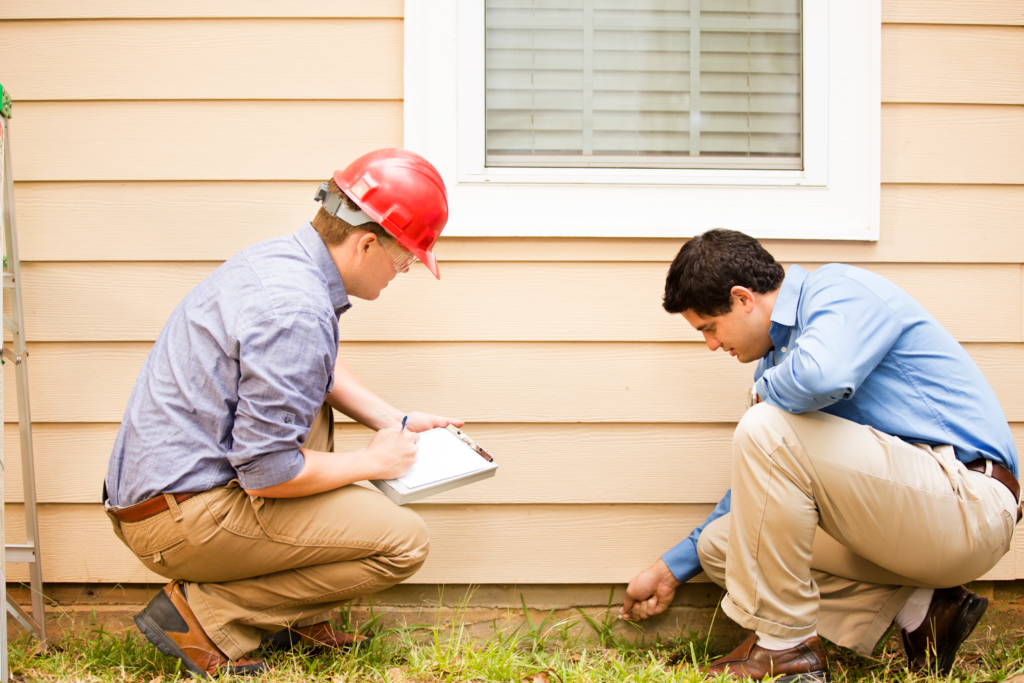
Both buyers and sellers can benefit from a pre-inspection. For sellers, it offers an opportunity to address any potential maintenance pitfalls before listing, reducing the likelihood of negotiations falling through. Buyers can gain a better understanding of the property’s condition, allowing them to budget for any necessary repairs or request fixes before closing the sale.
A pre-inspection provides transparency, fosters trust, and helps both parties make informed decisions. Investing in this process can ultimately save time and money while making the transaction smoother for everyone involved.
Conclusion: A Smooth Home Buying and Selling Experience
Avoiding common maintenance pitfalls can make a significant difference when buying a home or preparing to sell one. Regular maintenance, attention to detail, and a willingness to invest in necessary repairs can help sellers make their property more appealing while enabling buyers to avoid unexpected expenses. By understanding the common pitfalls and taking proactive steps to address them, both buyers and sellers can have a more seamless and successful real estate experience.







